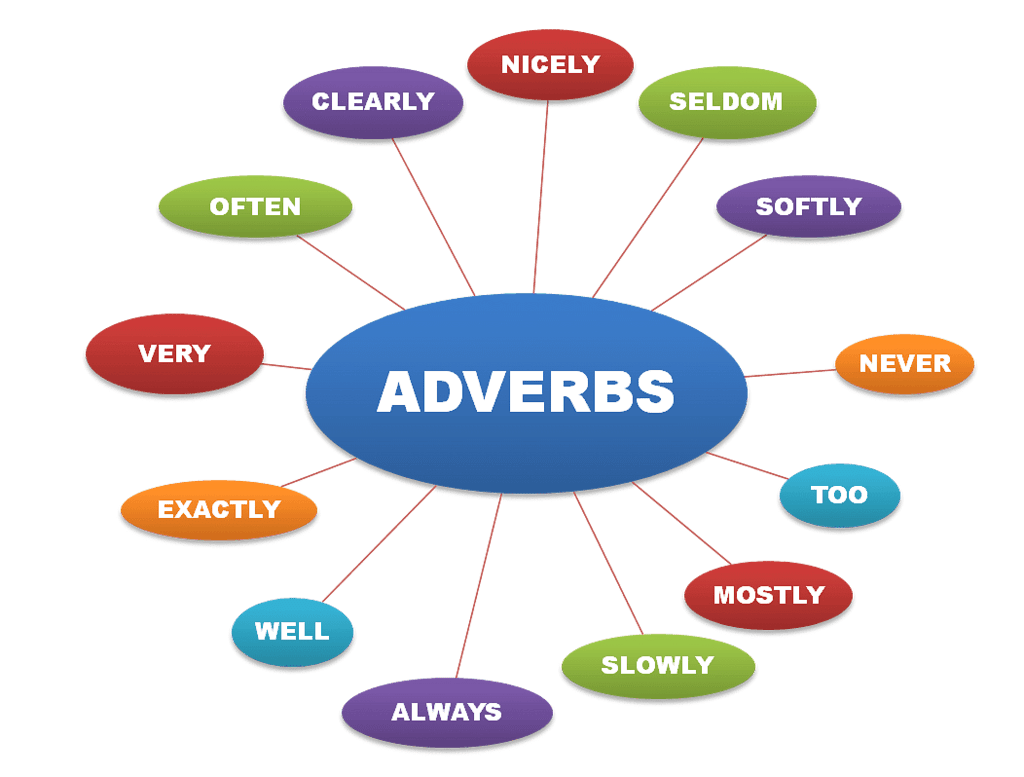Class 4 Exam > Class 4 Notes > Year 4 English > What is an adverb?
What is an adverb? | Year 4 English - Class 4 PDF Download
Understanding Adverbs
- Definition of Adverb: An adverb is a word that describes a verb, often indicating how an action is performed.
- Examples of Verbs: Verbs are action or "doing" words like run, fly, read, and be.
- Example Sentence: Consider the sentence: "He ate his breakfast quickly."
- Explanation: In this sentence, the word 'quickly' is an adverb because it describes how he 'ate' his breakfast, which is the verb in this case.

How to use adverbs?
- Adverbs can be placed either before or after a verb.
- For instance:
- He quickly ate his breakfast.
- In the above sentence, the adverb 'quickly' is placed before the verb 'ate'.
- However, the sentence can also be written with the adverb following the verb.
- He ate his breakfast quickly.
Question for What is an adverb?Try yourself: Which of the following sentences correctly uses an adverb?View Solution
The document What is an adverb? | Year 4 English - Class 4 is a part of the Class 4 Course Year 4 English.
All you need of Class 4 at this link: Class 4
|
49 videos|59 docs|9 tests
|
FAQs on What is an adverb? - Year 4 English - Class 4
| 1. What is the function of an adverb in a sentence? |  |
Ans. An adverb is a word that modifies or describes a verb, an adjective, or another adverb in a sentence. It provides information on how, when, where, or to what extent an action is performed.
| 2. Can subordinating conjunctions be used as adverbs in a sentence? |  |
Ans. Yes, subordinating conjunctions can also function as adverbs in a sentence. They connect dependent clauses to independent clauses and provide information on the relationship between the two clauses.
| 3. How do subordinating conjunctions differ from coordinating conjunctions in a sentence? |  |
Ans. Subordinating conjunctions introduce dependent clauses and establish a relationship between the dependent clause and the independent clause, while coordinating conjunctions connect two independent clauses of equal importance.
| 4. What are some common examples of subordinating conjunctions in English grammar? |  |
Ans. Some common examples of subordinating conjunctions include "although," "because," "while," "since," "if," "when," "after," and "before."
| 5. How can understanding subordinating conjunctions improve sentence structure and clarity in writing? |  |
Ans. Understanding subordinating conjunctions allows writers to create complex sentences with varying levels of importance and relationships between clauses, leading to more coherent and organized writing.
Related Searches




















